Papaya trees are very vulnerable to transplantation shock. Seedlings tend to recover slowly and poorly after replanting in a new location under a sunny sky. Many internet articles advise that papaya trees should be transplanted without injury to their root systems. Keeping the root systems intact is next to impossible if the papaya seedlings are too close to each other. However, you would be surprised to learn how a papaya tree with serverely broken root systems can survive a transplantation nicely.
Step 1
Wait until a rainy day. The trick lies in the rainfall which most growers have neglected. Papaya trees do not transplant well during a sunny day. However, a heavy rainfall can make a difference. Rainfall boosts the turgar pressure which can keep a root-pruned papaya tree alive. Unless you can keep the root systems intact and undamaged throughout the transplantation process, you should avoid transplanting a papaya tree during a sunny day.
Step 2
During a rainy day, identify which papaya trees are transplantable. The papaya trees that can be transplanted safely should fulfil the following criteria: a) they have laid at least four true leaves; b) they should be at least 4 inches tall; and c) they were not grown in shade.
Step 3
Dig out the papaya trees that can be transplanted without causing too much injury to their root systems.
Step 4
Separate the papaya seedling plants carefully without causing too much damage to their roots. If their roots mesh with each other or with those of their companion plants, use water to wash away some of the soil attached to the roots until the seedling plants can be physically separated.
Step 5
Plant the papaya seedlings to a new location. Ideally, the spacing between two neighboring papaya trees should be at least 1.5 meters.
Step 6
Mulch the papaya seedlings with dead leaves or other pest-free organic matters. The presence of the mulch is important, because it can protect the soil from being washed away by rainfall.
Step 7
After the rain stops, water the papaya trees regularly, preferably once every two days. Papaya trees should not be flood-irrigated until their root systems are well established.
Step 8
Check if the seedling plants grow any new leaves. New leaves should appear on the top bud within a month. If that is what you observe, then the transplantation is successful.
Tips
- Do not worry about root damage. The rain-induced turgor pressure rise will compensate for the turgor pressure loss due to root pruning. As long as you complete the transplanting process during a heavy rainfall, the new transplant will survive even with serverely pruned roots.
- The movement of soil-borne insects or even earthworms can potentially hurt the root systems of a newly transplanted papaya seedling plant. As a rule of thumb, do not fertilize the papaya seedling plants with kitchen wastes until their root systems become well established. Where possible, irrigate the papaya seedling plants with diluted soapy water to keep the soil-borne insects away.
- Some of the newly transplanted seedling plants may appear wilted or slightly deformed shortly after planting out in a new location. They may recover nicely on another rainly day. Continue to water them regularly until the plants are proven dead.
- Not all the fertilizers work for the newly transplanted seedling plants. According to the author's experience, homemade fertilizer made from epsom salts, ammonia and beer is a safe option for the newly transplanted seedlings.
Warnings
- Timing is important. You must complete steps 1 through 6 before the rain stops. Otherwise, a new transplant with disturbed root systems will die of excessive loss of turgor pressure.
Just updated your iPhone? You'll find new emoji, enhanced security, podcast transcripts, Apple Cash virtual numbers, and other useful features. There are even new additions hidden within Safari. Find out what's new and changed on your iPhone with the iOS 17.4 update.




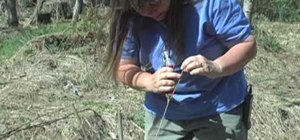


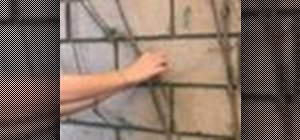

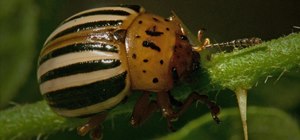



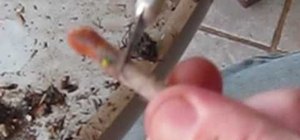
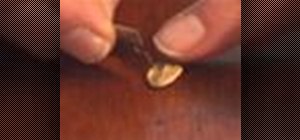

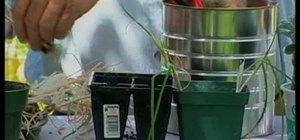

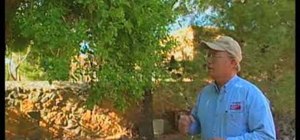



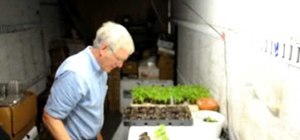

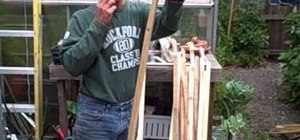
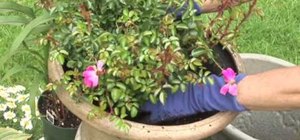
Be the First to Comment
Share Your Thoughts